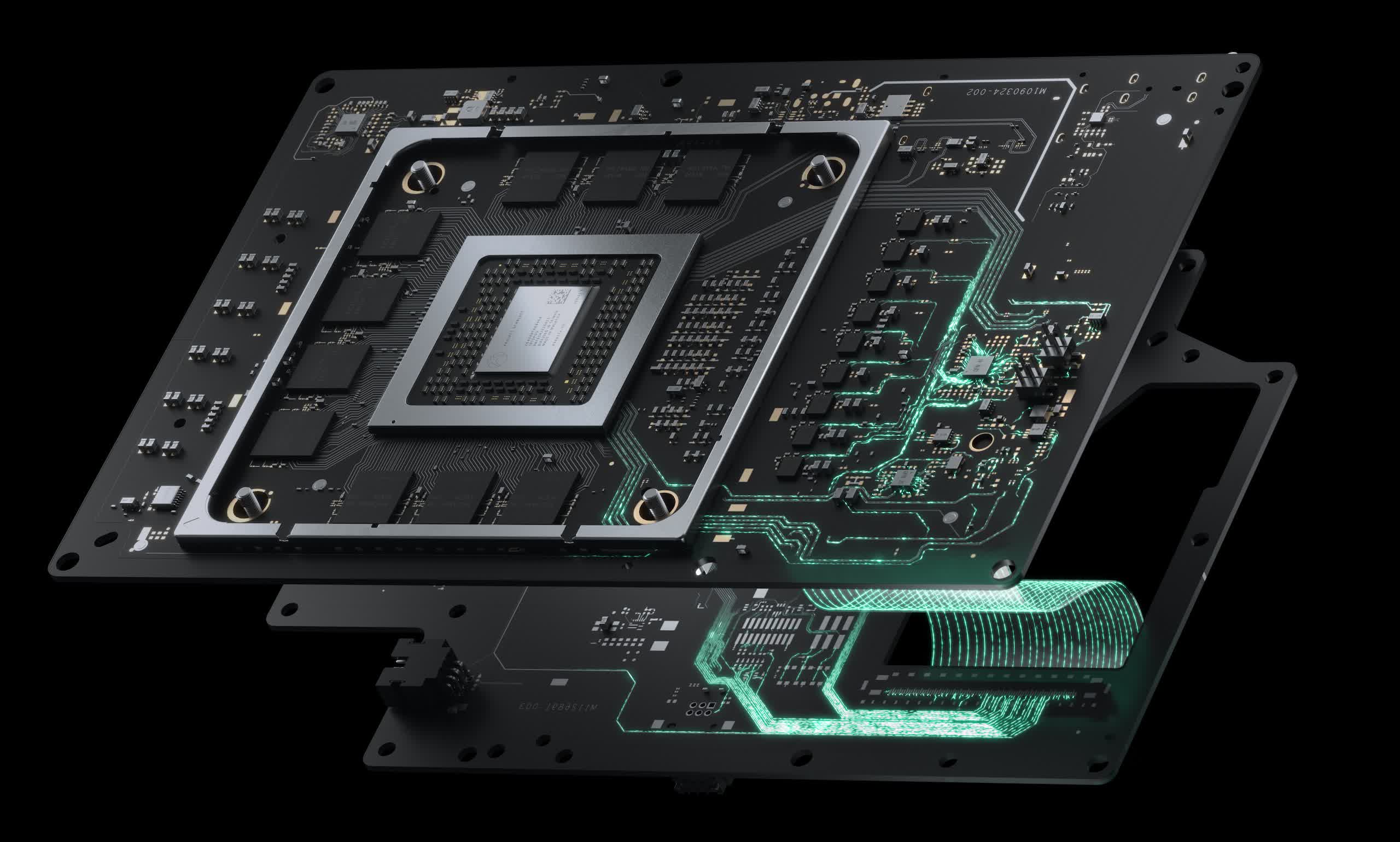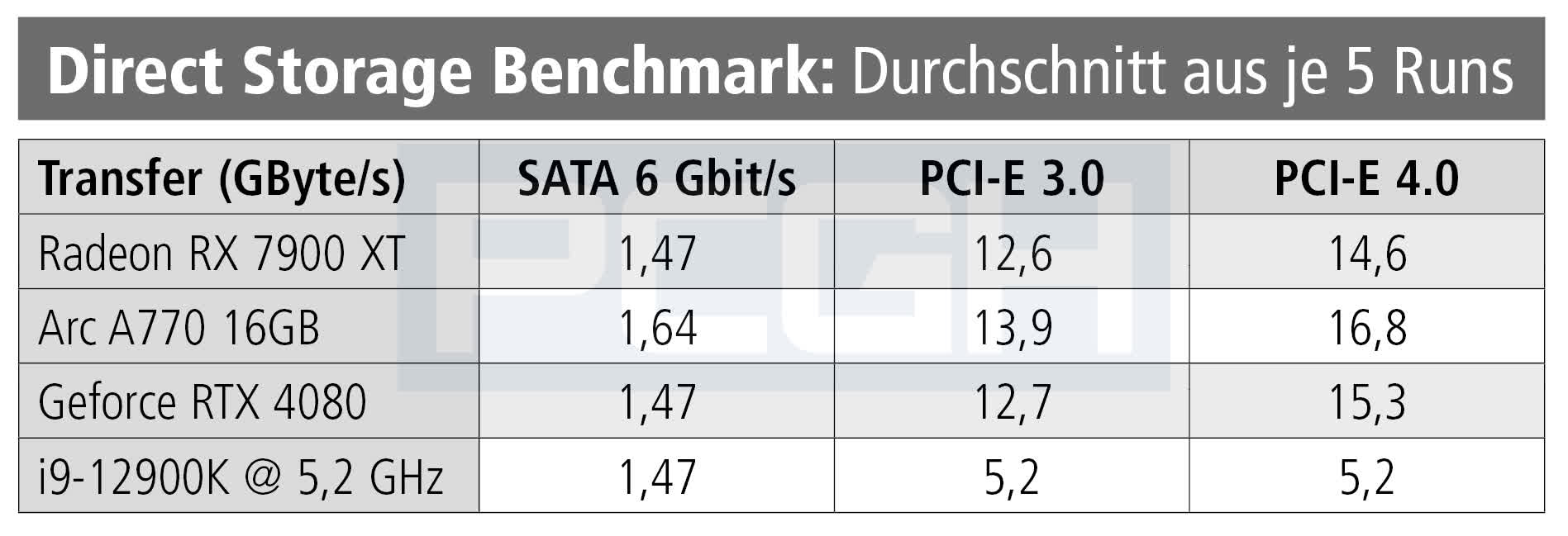Why it matters: Microsoft's DirectStorage API promises to bring PCs ultra-fast load times akin to what Xbox Series console and PlayStation 5 users have experienced for two years. As the first game supporting DirectStorage prepares to launch, a benchmark shows real performance gains on retail hardware.

Tests from PC Games Hardware show that Microsoft's DirectStorage API can help NVMe SSDs load assets significantly faster than SATA SSDs. They also offer the enormous advantages of GPU-based decompression over CPU decompression.
The site ran Microsoft's publicly available Avocado-loading DirectStorage demo on a SATA SSD, a PCIe 3.0 NVMe SSD, and a PCIe 4.0 NVMe. It also compared decompression speeds between three GPUs and a CPU --an AMD Radeon RX 7900 XT, an Intel Arc A770, an Nvidia GeForce RTX 4080, and a 5.2GHz Intel i9-12900K.
The chart below displays the transfer rate of each hardware configuration in GB/s, showing the mean result out of five tests. The NVMe SSDs ran several times faster than the SATA SSD here, and PCIe 4.0 had a slight advantage over PCIe 3.0. Possibly strangest of all is that the A770 outperforms the RX 7900 XT and 4080 in GPU decompression despite being in a lower weight class for game performance.

Screenshots from the demo demonstrate the difference between CPU and GPU decompression. Some show a few gigabytes of assets taking between one and a half seconds and five seconds to load, with between 30 percent and 100 percent CPU utilization. Others show the same assets loading in around half a second with less than five percent CPU utilization, indicating the GPU has taken over the job.
The demo shows promising early results for hardware outside of Microsoft's labs. Furthermore, they demonstrate a huge turnaround from 2020 tests showing that recent games don't fully utilize the bandwidth advantages of NVMes over SATA drives.
However, loading a bunch of avocados isn't the same as loading a 3D game environment. Those interested won't need to wait long to test DirectStorage's real-world performance. The feature will debut in Square Enix's Forspoken, which launches on January 24.
At GDC in March, Square Enix claimed that DirectStorage lets Forspoken load new scenes and environments in less than two seconds on an NVMe SSD compared to several seconds on a SATA SSD and almost half a minute on an HDD. Microsoft designed the new API for use on Windows 11. Due to its legacy storage stack, Windows 10 systems will only see limited benefits.